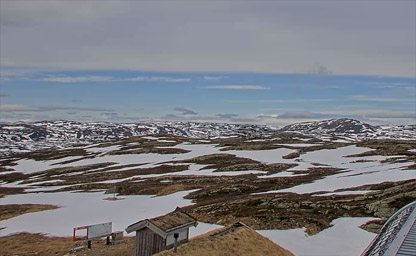
🔴 Skeikampen
In Gausdal Municipality in Innlandet county

In Gausdal Municipality in Innlandet county
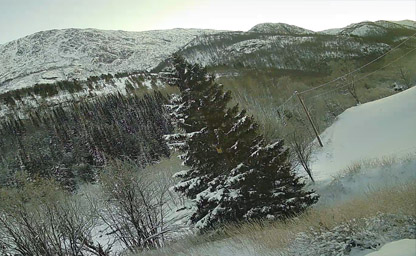
It is part of the traditional district of Salten
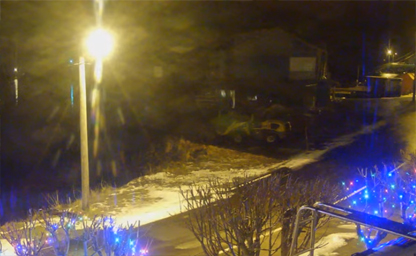
Is known for its stunning natural beauty and rich fishing heritage
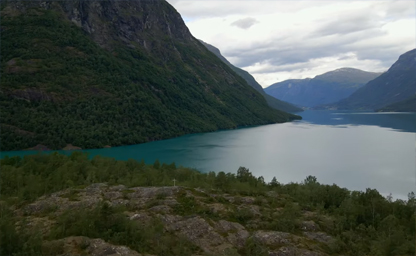
At the head of the valley lies Kjenndalsbreen glacier
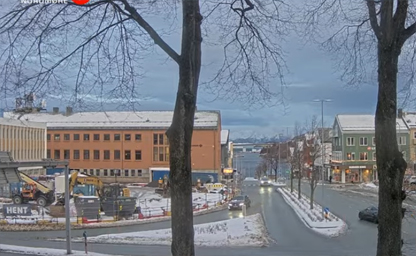
The view is from SpareBank 1 Nordmøre towards Kongens Plass Square
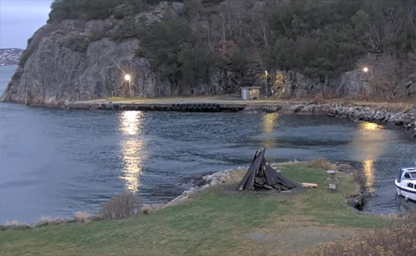
Shows a beautiful fjord and harbour view from Dale in Sandnes municipality
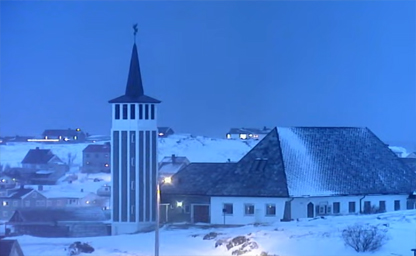
Which opens into the Barents Sea in the county of Troms og Finnmark

Located in Nordkapp Municipality in Finnmark county
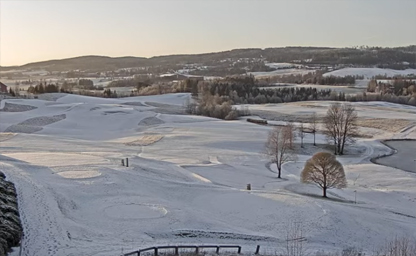
The facility is beautifully situated on the southern slope towards Hellerudsletta
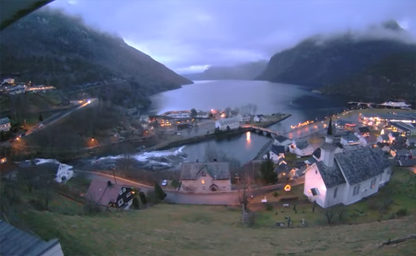
Excellent perspective of the local white Sunnylven Church, completed in 1859 and Hellesyltfossen on the left
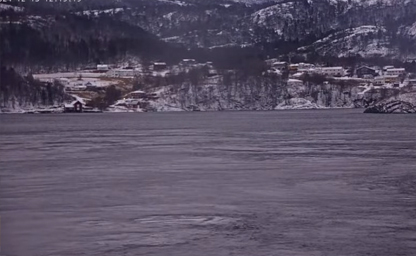
A small strait with one of the strongest tidal currents in the world
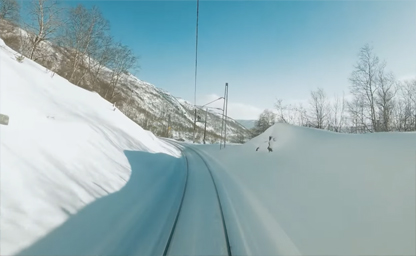
The best of Norway's Railway Cab views from all seasons
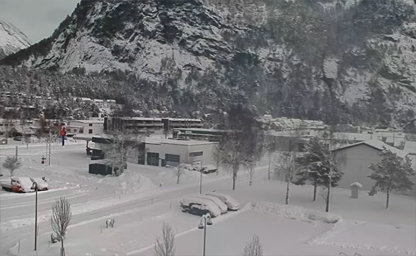
Showing the village of Norddal and the large fjord
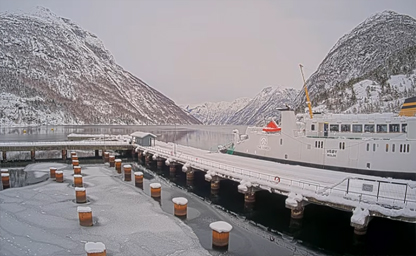
Situated in Hellesylt - Geiranger Fjord (Geirangerfjorden) is a UNESCO World Heritage Site

Moldeøyene in the Norwegian county of Møre og Romsdal
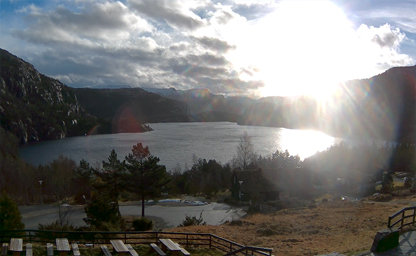
The administrative centre of Strand municipality
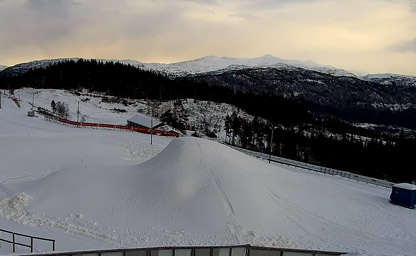
Situated in the heart of Fjord Norway
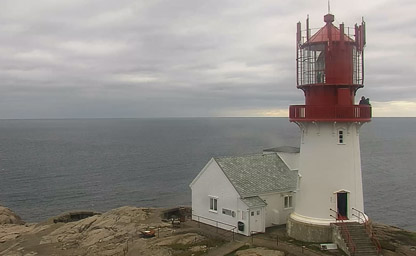
Situated in the traditional district of Sørlandet
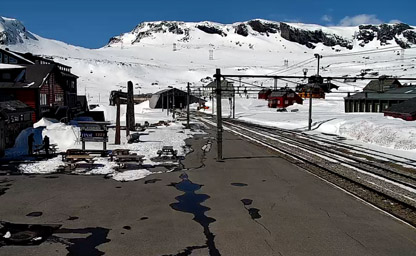
Finse received Norway's first indoor ice rink
Embark on a virtual odyssey to Norway, where the majestic landscapes, coastal wonders, and vibrant cities come to life through the lens of webcams. Join us on this digital exploration, where every frame captures the essence of Nordic beauty, from the northern lights dancing in the Arctic sky to the serene fjords cutting through ancient mountains.
Our digital journey begins in Tromsø, where webcams offer a real-time spectacle of the northern lights, also known as the aurora borealis. Experience the ethereal dance of colors in the Arctic night sky as the digital lens captures the mesmerizing play of light.
The live feeds become a virtual front-row seat to this celestial performance, showcasing the beauty and magic of the northern lights. Let the digital lens guide you through the Arctic wonder of Tromsø, a place where nature's grandeur takes center stage.
Shift our focus to the UNESCO World Heritage Site, Geirangerfjord, where webcams unveil the dramatic landscapes of cascading waterfalls, lush greenery, and steep cliffs. Immerse yourself in the fjord's elegance as the digital lens captures the tranquility of these pristine waters.
The live feeds provide a virtual sail through the fjord, showcasing the serenity and majesty of one of Norway's most iconic natural wonders. Let the digital lens transport you to Geirangerfjord, a place where time seems to stand still in the embrace of nature's beauty.
Continue our digital odyssey to Bergen, where webcams offer views of the charming Hanseatic Wharf, known as Bryggen. Immerse yourself in the coastal charm as the colorful wooden buildings stand as a testament to the city's maritime history.
The live feeds become a virtual stroll along the wharf, capturing the lively atmosphere and the blend of history and modernity. Let the digital lens guide you through Bergen, a city where coastal charm and cultural richness converge.
Our virtual journey takes us to Jotunheimen National Park, where webcams showcase the rugged beauty of Norway's highest mountains and expansive plateaus. Experience nature's symphony as the digital lens captures the play of light on the glaciers, pristine alpine lakes, and wild reindeer roaming free.
The live feeds provide a virtual hike through this alpine paradise, showcasing the diversity of ecosystems and the raw, untouched landscapes. Let the digital lens be your guide to Jotunheimen, a place where the grandeur of nature unfolds in every pixel.
As our digital odyssey concludes, webcams in Oslo offer views of the city's modern marvels and urban elegance. Explore the architectural gems, lush parks, and vibrant city life as the digital lens captures the essence of Norway's capital.
The live feeds become a virtual tour through Oslo's cultural institutions and bustling streets, showcasing the harmonious blend of tradition and innovation. Let the digital lens guide you through Oslo, a city where urban elegance meets the natural beauty of the surrounding fjords.
As our digital odyssey through Norway concludes, the webcams have unfolded a visual symphony of Arctic wonders, fjord elegance, coastal charm, alpine paradises, and urban elegance. Whether chasing the northern lights in Tromsø, sailing through Geirangerfjord, strolling along Bergen's wharf, hiking in Jotunheimen, or exploring Oslo's urban delights, Norway's beauty comes alive through every pixel on your screen.
Let this virtual expedition be an invitation to delve deeper into the wonders that Norway generously shares with the world. The digital lens, although a substitute for being there in person, allows us to appreciate and celebrate the raw, authentic essence of Norway's landscapes and cultural heritage.
Norway’s rich tapestry of history unfolds like a dramatic saga of exploration, conquest, and cultural evolution. The country’s past is steeped in the legendary exploits of the Vikings, whose daring maritime adventures in the early medieval period laid the foundation for a legacy that continues to captivate travelers and historians alike. From the rugged coastal settlements where seafaring warriors first embarked on epic journeys to the vibrant trading hubs that connected Scandinavia to distant lands, Norway’s historical narrative is deeply intertwined with themes of adventure, resilience, and transformation.
The Viking Age, which spanned roughly from the late 8th century to the early 11th century, is arguably the most iconic era in Norwegian history. These fearless explorers were not only raiders but also skilled traders, navigators, and settlers who left their imprint across Europe, Asia, and beyond. Modern-day visitors can still feel the echoes of this period when exploring ancient burial mounds, reconstructed longhouses, and museums that display intricate artifacts and rune stones. Cities like Oslo, Bergen, and Trondheim boast impressive collections of relics that tell stories of maritime exploits, cultural exchanges, and the blending of indigenous traditions with influences from across the known world.
Throughout the Middle Ages, Norway witnessed significant shifts in power and society. The establishment of a centralized monarchy under kings such as Harald Fairhair and later, King Haakon IV, ushered in a period of consolidation and cultural flowering. This era saw the emergence of medieval architecture, with majestic stave churches, fortresses, and castles dotting the landscape. These structures not only served as places of worship and defense but also as centers of learning and community gathering, encapsulating the interplay between spirituality and governance in early Norwegian society.
The union with Denmark and later with Sweden left indelible marks on the national identity, influencing language, culture, and political systems. Despite these periods of foreign rule, Norway retained a distinct cultural heritage characterized by folklore, traditional music, and art. The struggle for independence in the 19th and early 20th centuries culminated in the peaceful dissolution of the union with Sweden in 1905, an event that reinvigorated national pride and set the stage for modern state-building. Today, historical landmarks and cultural festivals throughout the country celebrate this dynamic past, making Norway a veritable treasure trove for history enthusiasts and cultural travelers.
The historic journey of Norway is also reflected in its literary and artistic traditions. From the sagas penned by medieval storytellers to contemporary works that reinterpret ancient myths, Norwegian literature offers profound insights into the human experience, intertwined with the natural beauty of the landscape. The narratives of heroism, exploration, and survival continue to inspire modern-day expeditions and cultural festivals, inviting visitors to immerse themselves in a legacy that spans centuries and continents.
Keywords such as “Viking history,” “medieval Norway,” “historic sites in Oslo,” “Bergen cultural tours,” and “Scandinavian heritage” often guide tourists eager to explore the past. As you wander through the streets of old Norwegian towns or hike the trails near ancient ruins, every stone and artifact whispers stories of epic journeys, legendary battles, and the relentless pursuit of freedom and identity.
The climate of Norway is as diverse and dramatic as its history, offering an ever-changing canvas that reflects the interplay between nature and human adaptation. From the mild, temperate coastal regions influenced by the North Atlantic Drift to the stark, cold expanses of the Arctic, Norway’s climate is a study in contrasts. The country is renowned for its seasonal extremes, where long, luminous summer days give way to the deep, mysterious nights of winter, inviting travelers to experience phenomena such as the midnight sun and the ethereal Northern Lights.
Coastal areas, including cities like Bergen and Stavanger, enjoy relatively mild winters and cool summers thanks to the warm currents of the Gulf Stream. This maritime influence creates a climate that supports lush vegetation and a vibrant ecosystem, making it an ideal destination for those seeking a blend of outdoor adventure and cultural exploration. The frequent rainfall in these regions contributes to the formation of Norway’s famous fjords, carving out dramatic landscapes that are as mesmerizing in their beauty as they are significant in their geological history.
In contrast, the inland and northern parts of Norway experience more severe winters, characterized by heavy snowfall and bitterly cold temperatures that can plunge well below freezing. Here, winter sports enthusiasts find a paradise for skiing, snowboarding, and dog sledding, while nature lovers are treated to the magical display of the Northern Lights—a natural phenomenon that illuminates the Arctic sky with vibrant hues of green, purple, and red. Keywords such as “Norwegian winter,” “ski resorts in Norway,” “Arctic adventures,” and “Northern Lights tours” are frequently searched by those planning trips to experience the polar extremes firsthand.
Spring and autumn in Norway are transitional periods marked by dramatic shifts in temperature and weather patterns. During these times, travelers witness the country transform as nature awakens from winter’s slumber or prepares for the onset of a long, cold season. Spring brings a burst of life, with blossoming flora and the reemergence of migratory birds, while autumn paints the landscapes in warm, fiery colors that enhance the already breathtaking scenery. These seasons offer unique opportunities for hiking, cycling, and photography, with each moment capturing the ephemeral beauty of Norway’s natural environment.
Climate change has also become a significant topic of discussion in relation to Norway’s environment. As one of the world’s leading nations in sustainable practices and renewable energy, Norway is actively involved in global efforts to combat climate change. The government’s initiatives and public policies emphasize reducing carbon emissions, protecting natural resources, and promoting eco-friendly tourism. This commitment not only preserves the country’s natural beauty but also serves as an inspiration for travelers who value environmental stewardship.
The diversity in climate is not only a challenge but also a major draw for visitors. Whether you are planning a summer fjord cruise to take advantage of the mild weather and extended daylight, or an Arctic expedition to witness the aurora borealis under a blanket of snow, Norway’s climate offers experiences that are both thrilling and deeply immersive. Each region, with its unique climatic characteristics, invites you to explore nature in its most raw and unfiltered form, making every journey through Norway a memorable adventure.
Norway’s geography is a masterpiece of natural architecture, renowned for its dramatic landscapes that encompass towering mountains, deep fjords, expansive glaciers, and serene archipelagos. This remarkable blend of natural features not only defines the physical appearance of the country but also plays a crucial role in shaping its culture, economy, and way of life. The rugged terrain of Norway has inspired generations of artists, adventurers, and locals alike, offering a sense of mystique and wonder that is hard to find anywhere else in the world.
The iconic fjords, which have become synonymous with Norway’s natural beauty, are perhaps the most celebrated geographic features. These deep, glacially carved inlets, such as Geirangerfjord and Nærøyfjord, are framed by steep, forested cliffs and dotted with cascading waterfalls, creating scenes that seem almost otherworldly in their perfection. Keywords like “Norwegian fjords,” “fjord cruises,” and “scenic Norway” are highly popular among travelers seeking to experience these natural wonders firsthand. A boat trip through these majestic waterways reveals layers of history etched into the cliffs—remnants of ancient glaciers and the relentless forces of nature that have shaped the landscape over millennia.
Norway’s mountainous terrain is equally captivating. The Scandinavian Mountains, stretching across the length of the country, provide a dramatic backdrop for outdoor activities ranging from hiking and mountaineering to skiing and snowboarding. Peaks such as Galdhøpiggen, the highest mountain in Norway, offer panoramic views that capture the vastness of the surrounding wilderness. These highlands are not only a playground for adventurers but also a haven for biodiversity, hosting an array of flora and fauna that have adapted to the harsh yet beautiful environment.
The extensive coastline of Norway, which extends for thousands of kilometers, is another defining characteristic of its geography. This rugged shoreline is punctuated by countless islands, bays, and inlets, each offering its own unique charm and opportunities for exploration. Coastal towns and villages, with their traditional wooden houses and vibrant fishing cultures, offer visitors a glimpse into a way of life that has been intimately connected to the sea for centuries. The interplay between the land and the ocean creates dynamic ecosystems that are both fragile and resilient, making conservation efforts a critical priority in the region.
Another remarkable aspect of Norway’s geography is the presence of vast glaciers and frozen landscapes, particularly in the northern regions and high mountain areas. The interplay of ice and rock in these areas creates surreal vistas of blue ice formations, deep crevasses, and shimmering icefields that seem to belong to another planet. These natural wonders are not only breathtaking but also serve as important indicators of global climate trends, drawing scientists and researchers from around the world to study their evolution and impact on the environment.
The diverse topography of Norway is also reflected in its waterways. Numerous rivers and lakes, such as Lake Mjøsa—the largest lake in the country—contribute to a vibrant network of freshwater systems that have historically been vital for transportation, agriculture, and energy production. Hydroelectric power, harnessed from these waterways, remains a cornerstone of Norway’s sustainable energy strategy, underscoring the synergy between natural geography and modern innovation.
The interplay between geography and human settlement in Norway is evident in the strategic placement of towns and cities along natural corridors. Urban centers like Oslo, Bergen, and Tromsø have developed along accessible waterways and flat terrains, which facilitated trade and cultural exchange throughout history. Today, these cities blend modern infrastructure with traditional charm, offering visitors a seamless experience that bridges the gap between urban sophistication and the raw beauty of nature.
Travel enthusiasts often search for terms like “Norway travel guide,” “Scandinavian landscapes,” “Arctic expeditions,” and “Hiking in Norway” when planning their journeys. The country's geography not only supports a wide range of outdoor activities but also offers a visual feast that can be experienced in every season—from the vibrant greens of summer meadows to the stark, snowy expanses of winter. Whether you are exploring the coastal fishing villages, trekking through ancient forests, or taking a scenic drive along winding mountain roads, Norway’s geography promises endless opportunities for adventure and discovery.
Each facet of Norway’s history, climate, and geography contributes to a unique narrative that is as dynamic as it is enduring. The integration of Viking heritage with medieval art and modern cultural expressions, combined with a climate that offers both the serene beauty of the midnight sun and the dramatic spectacle of the Northern Lights, creates a destination that is truly one-of-a-kind. The dramatic landscapes, from majestic fjords to towering mountains and expansive glaciers, offer not only visual splendor but also a deep connection to the natural forces that have shaped the country over centuries.
Travelers exploring Norway are often drawn by its multifaceted appeal, where every journey is enriched by encounters with ancient relics, vibrant cultural traditions, and natural wonders that defy the imagination. The legacy of the Vikings and medieval monarchs, the rhythmic patterns of Norway’s climate, and the awe-inspiring geography all come together to form a mosaic of experiences that continue to inspire and captivate visitors from around the globe.
New tip: When planning your trip to Norway, consider exploring off-the-beaten-path destinations in addition to the well-known tourist hotspots, as these hidden gems often offer unique cultural insights and breathtaking natural scenery. An interesting fact: Norway’s fjords were carved over thousands of years by glacial activity, creating some of the most dramatic and picturesque landscapes on Earth that continue to attract millions of visitors each year.